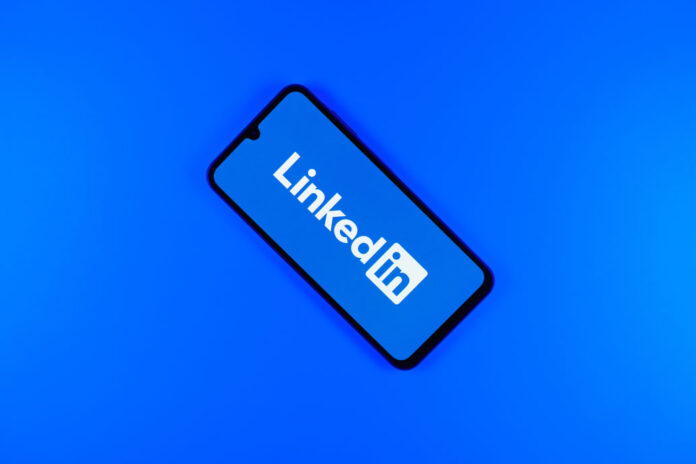On Safer Internet Day, celebrated globally on February 11, LinkedIn, the world’s largest professional social network, reinforces its commitment to helping professionals protect themselves during online job searches. Recognized in over 100 countries, this year’s mobilization theme is “Education for Digital Citizenship” and aims to empower society to use the digital environment critically, ethically, and responsibly.
In a scenario where the search for new job opportunities is increasingly digitalized, the theme is especially important for Brazilians, since by 2025, 3 out of 5 professionals plan to change jobs and 65% of platform users in the country say they use LinkedIn for this purpose. For this process to occur safely and without setbacks, it is essential that they adopt practices that protect their personal information, ensuring that the search for a new career develops smoothly and without risks.
Among LinkedIn’s efforts to ensure the safety of its users, the profile verification tool stands out, which can be used for identity confirmation and generates a visible badge on profiles for free, showing that the account has been authenticated and is, in fact, trustworthy.
“At LinkedIn, we require that each profile represents a real person and we have policies that clearly prohibit fake profiles. To this end, Trust and Safety teams work daily to identify and restrict inauthentic activities. One of the methods used to ensure accounts are genuine is the Automated Detection System at Scale, where over 97% of fake accounts are identified and removed from the platform,” explains Milton Beck, General Manager of LinkedIn for Latin America.
To further improve job searches and general use of the network, LinkedIn has listed some tips to make the platform’s usability even safer:
1- Be wary of offers that seem too good to be true: malicious individuals often lure their victims with tempting promises, such as above-average salaries for basic roles. If the offer seems unrealistic, it’s worth researching more about the company and even connecting with other employees to learn more about the opportunity.
2- Beware of suspicious requests: it is uncommon for trustworthy recruiters to ask users to download encrypted files for interviews. Such requests should raise the candidate’s attention. Also, be cautious of supposed job openings that require upfront payment for courses, materials, or registrations, and never provide banking details on the platform.
3- Research the company, recruiter, and job opening: it’s important to confirm whether the company has a verified page on LinkedIn, a badge indicating the organization has undergone an authentication process. Additionally, there are ways to check if the recruiter is genuinely linked to the company, such as analyzing their profile and connections, for example. Many companies often post job openings directly on their official channels, so it’s always valid to compare information.
4- To ensure a safer search, LinkedIn offers tools such as:
- Verified job filter – allows viewing only opportunities posted by companies with authenticated profiles.
- Messages with risk alerts – LinkedIn can flag messages containing suspicious content.
- Two-step verification – this feature adds an extra layer of security to the account, reducing the risk of unauthorized access.
5- Report suspicious activities: when identifying a suspicious job posting or message, the report can be made directly on the platform. LinkedIn maintains a dedicated team to investigate potential fraud and ensure a safer environment for professionals seeking new opportunities.
Job hunting requires caution, but with the right tools and extra attention, it’s possible to find good opportunities without falling into traps. Additionally, LinkedIn continues to invest in tools to ensure a safe and reliable environment for professionals worldwide. To learn more about the platform’s security initiatives, visit.


